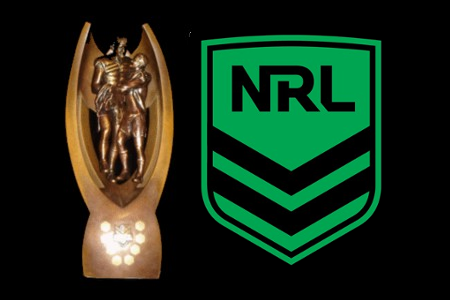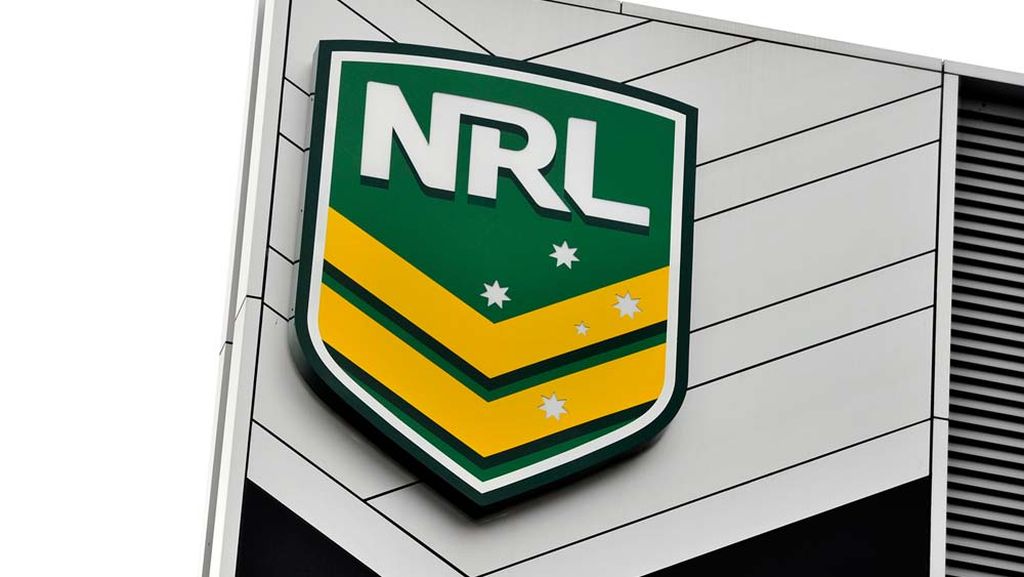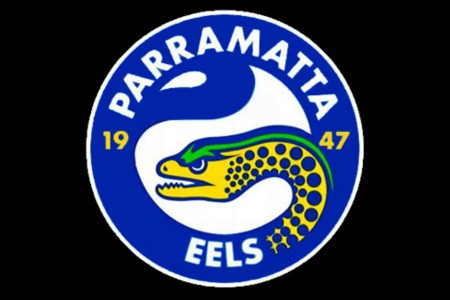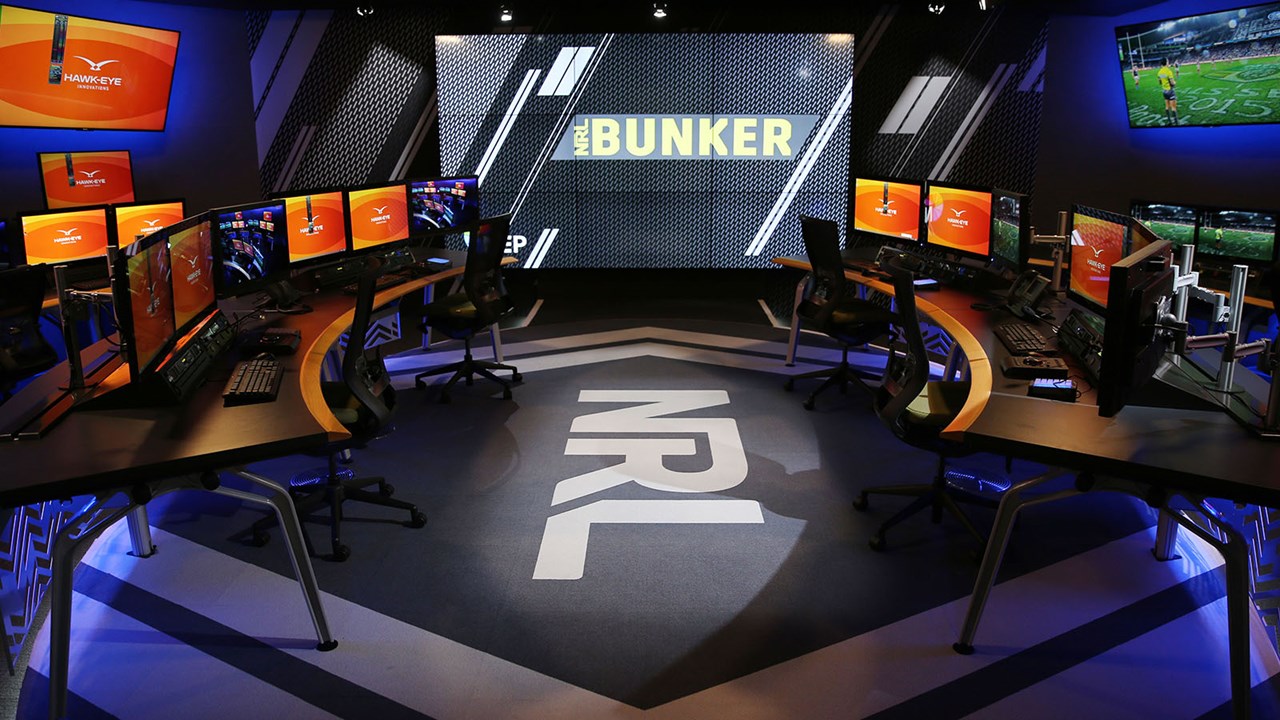Rugby League began its second year of existence having survived a busy and financially demanding opening season, culminating in a marathon pioneering Kangaroo tour to Great Britain. With the tour still ongoing at the start of 1909, reports trickling in from England were stating that the Kangaroo’s had run at a considerable financial loss. Several star players had signed with English clubs for the end of the 1908-09 season and beyond, which was a massive loss to the fledgling code in Australia, while others were reportedly being sent home early.
In February, South Sydney player Arthur Conlin penned a public letter to The Sun requesting the League to appoint a full time secretary at their upcoming General meeting, a suggestion which received immediate support from the clubs.
On March 5, the New South Wales Rugby League (NSWRL) Annual Meeting was held where startling observations about the management of the League’s finances had been made. With the secretary and founding father James Giltinan getting his side ready for the 45th and last game of their English tour, President Henry Hoyle and treasurer, the legendary Australian Test cricketer Victor Trumper, ran the meeting on their own.
Newcastle was unable to send any delegates, so it was stated at the meeting that Glebe’s Arthur Weymark and Souths Edward Fry had been appointed to act on behalf of the Newcastle club. Their appointment was questioned with Hoyle stating he had a letter from the Newcastle club, however he had forgotten to bring it, but would produce it the following morning. However the following day he was still unable to produce the letter.
The meeting carried on with Hoyle unable to provide a balance sheet while it was also revealed that Trumper and Giltinan had been banking monies for the League into a separate account under Trumper’s name. Trumper stated during and post meeting that the account was a trust fund and designed to hold the rent for the upcoming matches at the Agricultural Showground.
A discussion was also had about the appointment of a full time secretary but none was elected. After the meeting, North Sydney board member Alexander Knox stated that Norths were considering leaving the League if a balance sheet and full time secretary were not appointed, while also intimating that Eastern Suburbs, Souths and Western Suburbs may also consider similar action.
With the spat between Hoyle and Knox being played out in the media and causing division within the game, another general meeting had to be called to clear the air. The infamous Newcastle letter about delegates finally arrived several days after the meeting but had not been signed therefore could not be accepted as official. This meant that the first meeting was made null and a new meeting was convened for March 15.
A fiery meeting took place at the rooms of the NSWRL with accusations, allegations and abuse hurled back and forth, particularly between Knox and Hoyle. After much confrontation, Henry Hoyle exclaimed “I have had enough. I mean to retire. Tomorrow I withdraw all my bonds. Now I tender my resignation.” Upon this, the previous meeting elections were declared void and new elections took place which saw politician Ernest Broughton appointed as President, replacing Hoyle, while Horrie Miller was elected as Trumper’s successor for the Treasurer role. It was also agreed that a fulltime secretary would be appointed with Tom Phelan named in the acting role while Giltinan was en-route and a suitable candidate could be hired.
The balance sheet that was missing in the previous year was finally completed and submitted at the meeting. It was observed that Balmain’s games at Birchgrove Oval had been producing the best gate takings and so in 1909 it was agreed that they would play nearly all of their games at the ground.
Within less than a month, Broughton’s business matters, poor health and upcoming holiday took precedent and subsequently forced him to relinquish his position as President. He was replaced by another politician, Edward O’Sullivan, the game’s third boss within a month.
The Premiership season began on April 24 with defending premiers South Sydney beating Balmain 4-0, their first of 9 straight wins before a final round, 5-0 loss to Newcastle prevented them from finishing the season undefeated. 1908 Runners-up Eastern Suburbs won five of their opening 6 games before losing their last four games while Balmain benefitted from all their home games, win-ning their last 8 games after losing their opening two.
In June 1909 the league appointed Edward Larkin as its first fulltime secretary, bringing an end to the reign of James Giltinan and finally adding some stability to the administration of the game. Shortly after Larkin’s appointment, an idea by Samuel George Ball to have a series of games played between the national sides for both Rugby codes would be a great spectacle, as well as an opportunity to lure the best Rugby Union talent to Rugby League. He approached the Wallabies players but soon learnt that the 500 pounds he was allocated to pay them with, was a paltry amount.
After a meeting with John Quinlan and Larkin, it was decided to approach entrepreneur James Joynton-Smith for a loan. Joynton-Smith agreed and the purchasing of the Wallabies began. In August, the semi-finals took place with Balmain defeating Easts 15-8 and Souths beating Newcastle 20-0 which saw Balmain and Souths progress to the final.
Upon learning of the secret activity to buy the Wallabies, President O’Sullivan publicly expressed his opposition to what he deemed acts of unprofessional behaviour and resigned. His replacement was none other than James Joynton-Smith who became the NSWRL’s fourth president, all of whom had held the office in 1909.
The competition was placed on hold after the semi’s for the third and fourth games between Australia and the visiting New Zealand Maori side. The first game was won by the visitors 16-14 before Australia squared the ledger in game 2 with a 16-13 victory. The Kangaroos won the third game 23-16. During the tour, a Mr Robert Jack claimed that he was owed money by the Maori side for the organisation of their 1908 tour, which the Maori management disputed. Jack issued a court order against star player and Maori team manager Albert Asher, who was arrested after the third game against Australia. When the NSWRL learnt of this development, they immediately settled the debt with Jack and had Asher released by the police so that he had enough time to get to the ground in time for kick-off in the fourth game, which the Kangaroos went on to win 20-13.
The competition was delayed even further when three hastily organised matches between the Kangaroos and the recently purchased Wallabies would take place. The Kangaroos won the opening game 29-26 before the Wallabies won the next two matches 34-21 and 15-6. After these games the League had still yet to raise enough from gate takings to repay Joynton-Smith for the money he outlaid, so a decision was made to play a fourth game on the same day as the Premiership final.
All year Balmain’s games had been played at 3pm, but the league then decided to move the kick-off for the Final to midday as the undercard to the fourth exhibition game between the Kangaroos and Wallabies. Balmain held a meeting before sending a letter to the League stating that their players would not be able to get to the ground in time after work, for a 2pm kick off, let alone a midday start and requested that the game be moved from the Agricultural Showgrounds, which South Sydney had used as their home ground, to Wentworth Park, as it was a genuine neutral venue and closer to Balmain, which would enable them to field a team.
Balmain also stated it was insulting to the competition to have the final deemed as a secondary game to an exhibition match. The League informed Balmain that the program would not be changed. On the day of the final, Balmain players and officials who could get to the ground, stood outside and staged a protest while the Souths team took the field. At midday, Souths kicked off and scored a try against no-one and the game was declared over. Several days later, the referee for the game declared the game publicly and officially to South Sydney.
The League suspected Balmain would be a no-show, so they organised for a combined team to take on Souths to ensure a double header would still take place. Souths won that game 18-10. Souths forward Tom Golden lined up for the Combined team, earning him the unique honour of winning a premiership while playing in a losing side on Grand Final day. The game attracted a paltry crowd of just 4,000 but it was just enough for the League to pay back Joynton-Smith, clear all its debts and finish the year with a very modest profit.
The drama wasn’t over though. A week after the Final, Balmain decided to start a fund raising campaign to launch legal action against the League over its decision to award the title to Souths. Alexander Knox got in Balmain’s corner along with former president Edward O’Sullivan to voice their disapproval at the League and its treatment of Balmain. Despite raising the necessary funds, Balmain eventually opted to abandon all legal proceedings after months of meetings and conversations, publicly and in-house. Arguably 1909 was the most tumultuous season in the code’s history but it was one that ended with huge improvements to playing rosters, finances, administration, security and stability of the game.











